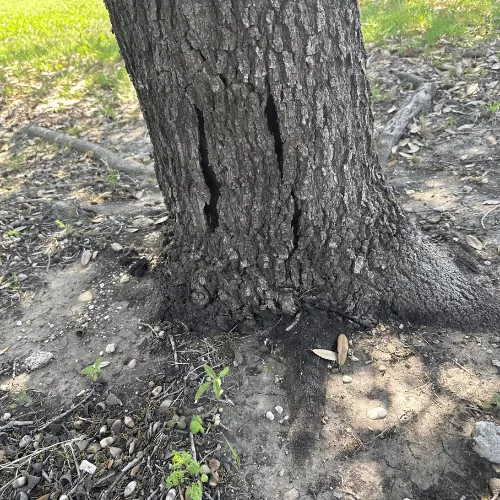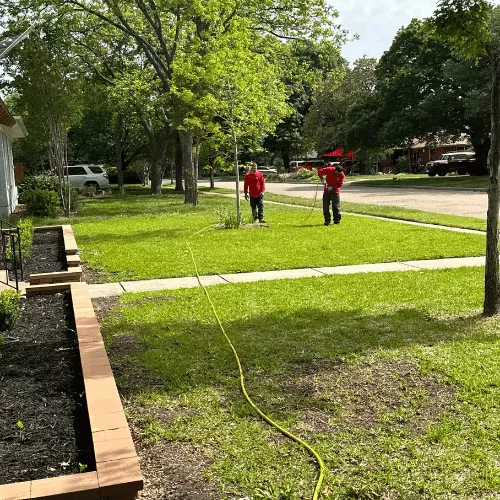Disease & Fungus Management in Highland Park, TX

The Common Threats to Trees in Highland Park
In Highland Park, the unique climate and soil conditions create a thriving environment for various tree species. However, these conditions also make trees vulnerable to specific diseases and fungi. Common threats include Oak Wilt, Root Rot, Anthracnose, and Powdery Mildew. These ailments can spread quickly, leading to defoliation, branch dieback, and even tree death if not addressed promptly.
Our approach to Disease & Fungus Management begins with a thorough inspection of your trees. We identify early signs of infection, such as discolored leaves, unusual growth patterns, or bark abnormalities. Early detection is key to preventing the spread of disease, and our certified arborists are trained to recognize even the most subtle symptoms.
Why Professional Disease & Fungus Management is Essential
Attempting to manage tree diseases and fungi without professional help can often lead to misdiagnosis or inadequate treatment. Many diseases require specialized knowledge and treatment methods that only a certified arborist can provide. At Texas Tree Transformations, our team uses the latest techniques and industry best practices to ensure effective disease control. Whether it’s applying fungicides, pruning infected branches, or improving soil conditions, we tailor our approach to the specific needs of your trees.


Implementing Soil and Nutrient Management Practices
Healthy soil is the foundation of a healthy tree. Many tree diseases are linked to poor soil conditions, such as compaction, nutrient deficiency, or improper pH levels. Our soil management services focus on improving the quality of the soil around your trees, ensuring they receive the nutrients and moisture they need to grow strong and resist disease.
We conduct soil tests to determine the specific needs of your trees and then apply appropriate fertilizers or soil conditioners to address any deficiencies. In some cases, we may recommend aeration to improve soil structure and promote root growth. These practices not only support the immediate health of your trees but also enhance their long-term resilience against disease.

Preventative Measures to Safeguard Your Trees
We understand that every tree is unique, and so are the challenges it faces. Our experts carefully select and apply treatments based on the specific disease and the tree’s overall condition. This personalized approach ensures the highest chances of recovery and minimizes any potential side effects.
After treatment, the recovery of your trees is our top priority. We provide detailed aftercare instructions and follow-up visits to monitor the progress of your trees. This ongoing support helps ensure that the treatment is successful and that your trees continue to thrive. If any issues arise during the recovery process, we are quick to address them, adjusting the treatment plan as needed to ensure the best outcome.

Frequently Asked Questions
Common tree diseases in Highland Park include Oak Wilt, Powdery Mildew, Root Rot, and Anthracnose. Each of these diseases can cause significant damage if not treated promptly.
Look for signs such as discolored leaves, unusual growths on the bark, wilting, or premature leaf drop. If you notice any of these symptoms, it’s important to contact a professional arborist for an evaluation.
Yes, many tree diseases are highly contagious and can spread to nearby trees through root contact, wind, or water. Early detection and treatment are crucial to prevent the spread.
We recommend having your trees inspected at least once a year, especially if they are mature or if you notice any signs of stress or disease. Regular inspections can catch problems early before they become severe.
What Our Clients Say
















